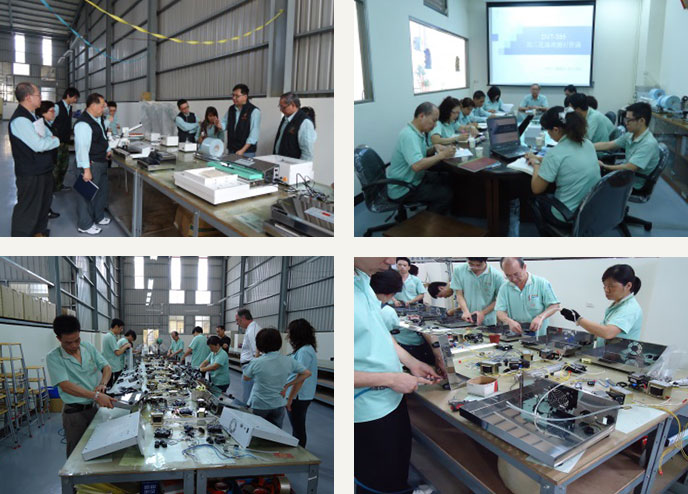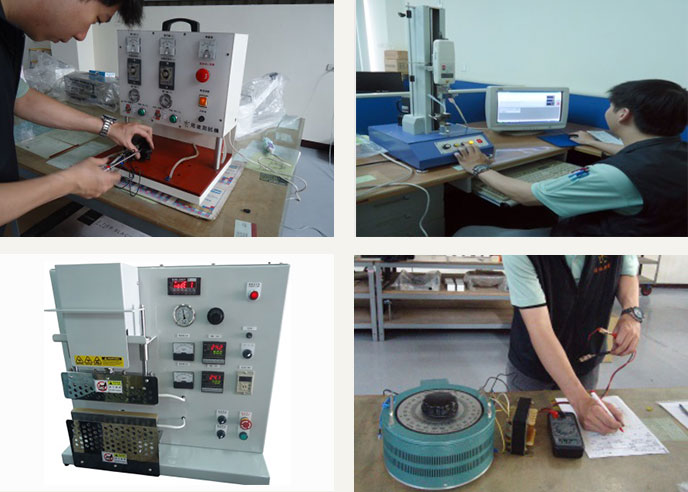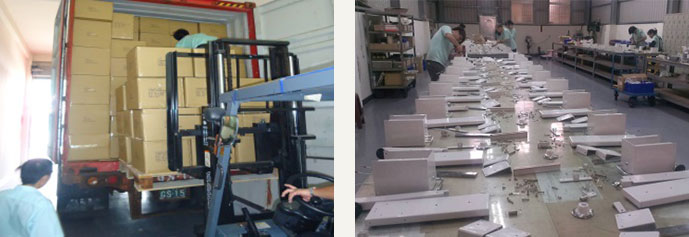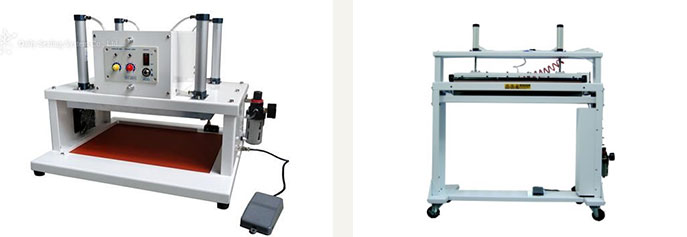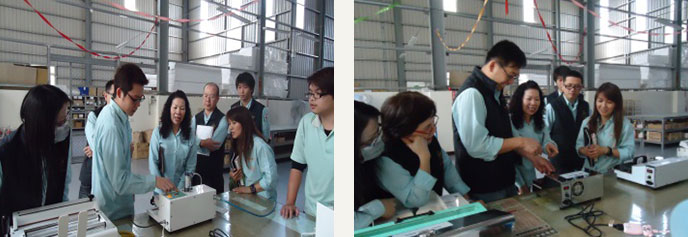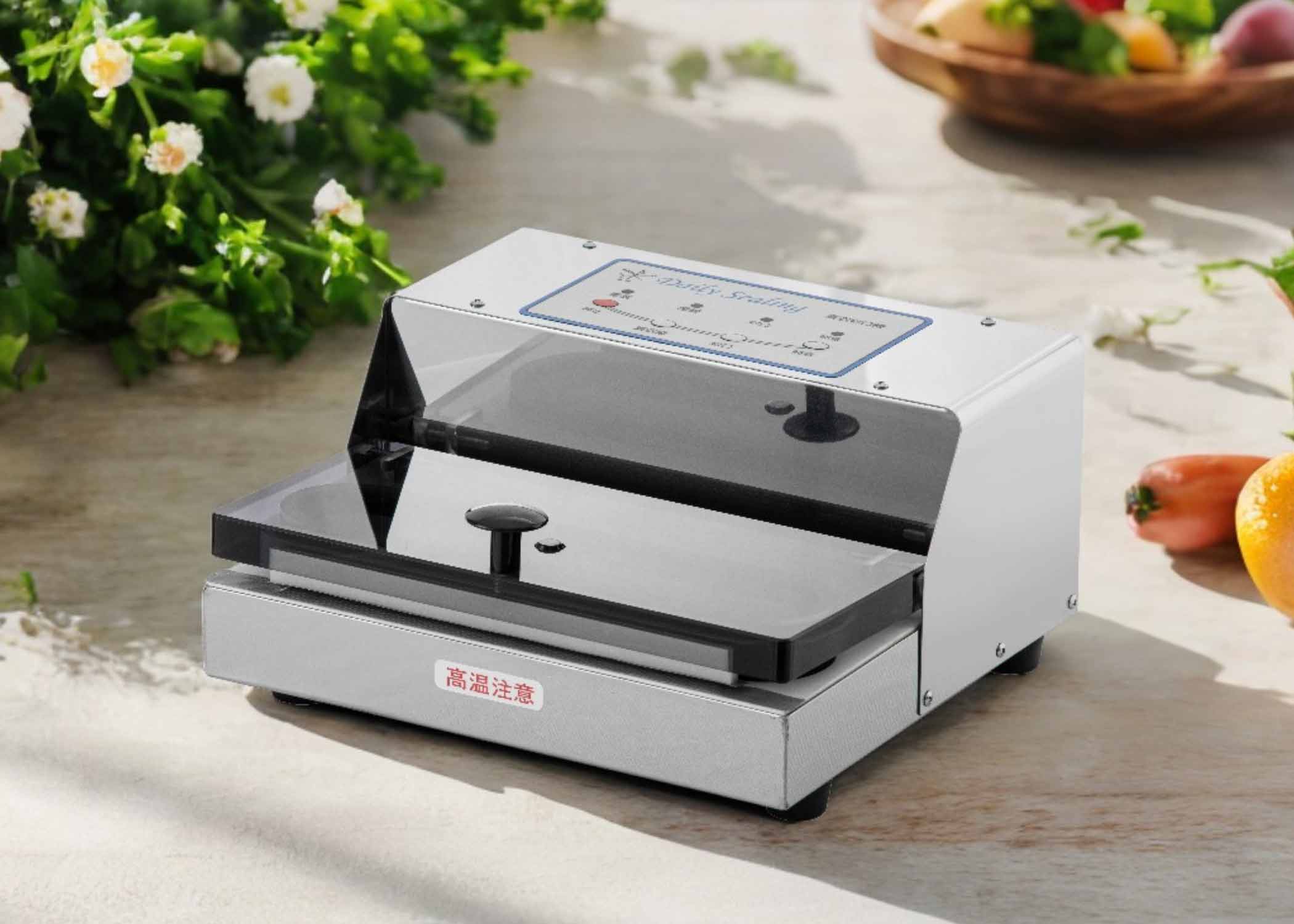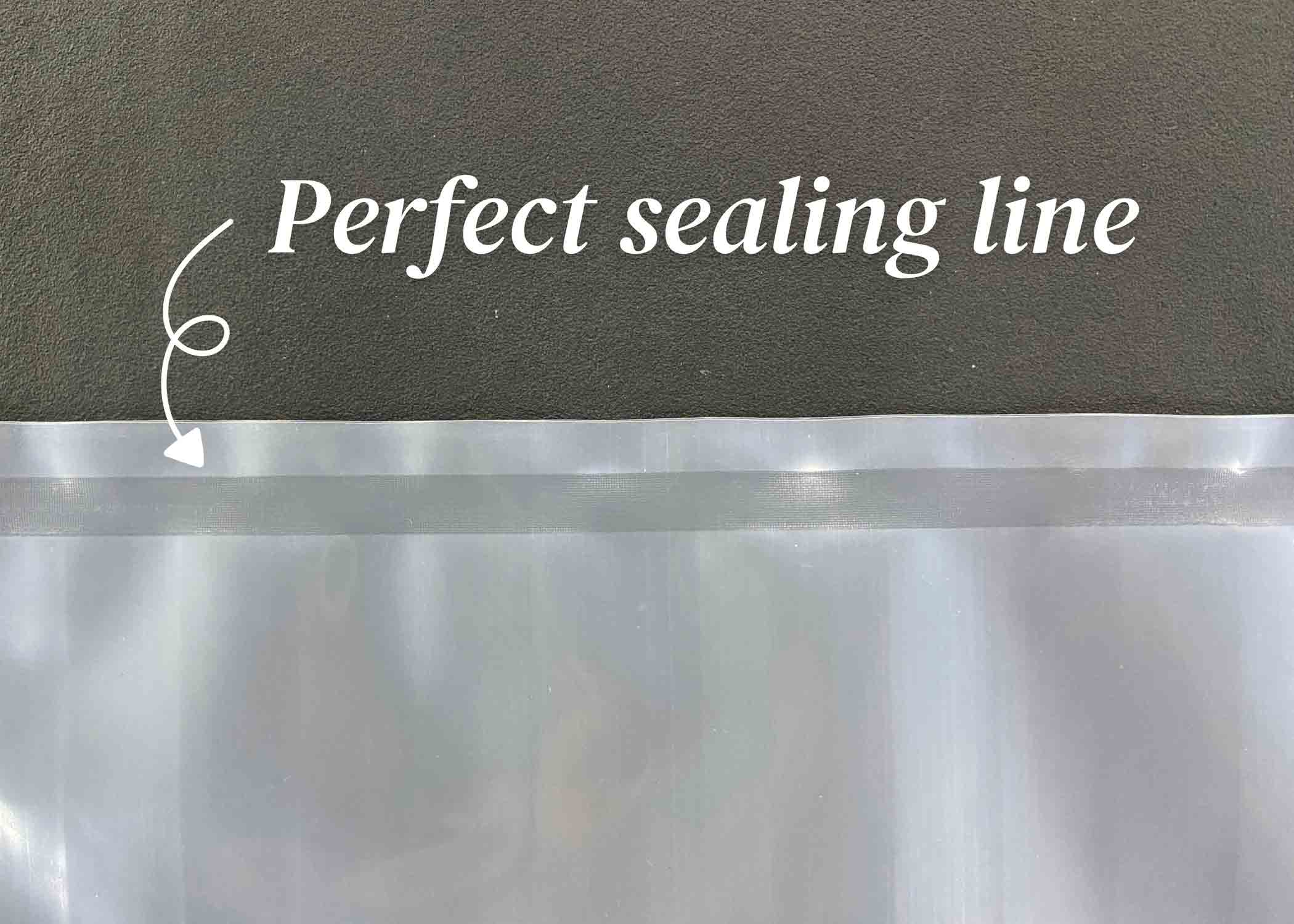CE Mark.
Sealing length: 30cm.
Single heating line.
Available for large and heavy package.
Suitable for PP, PE, PVC, NY etc. material bags.
.jpg)

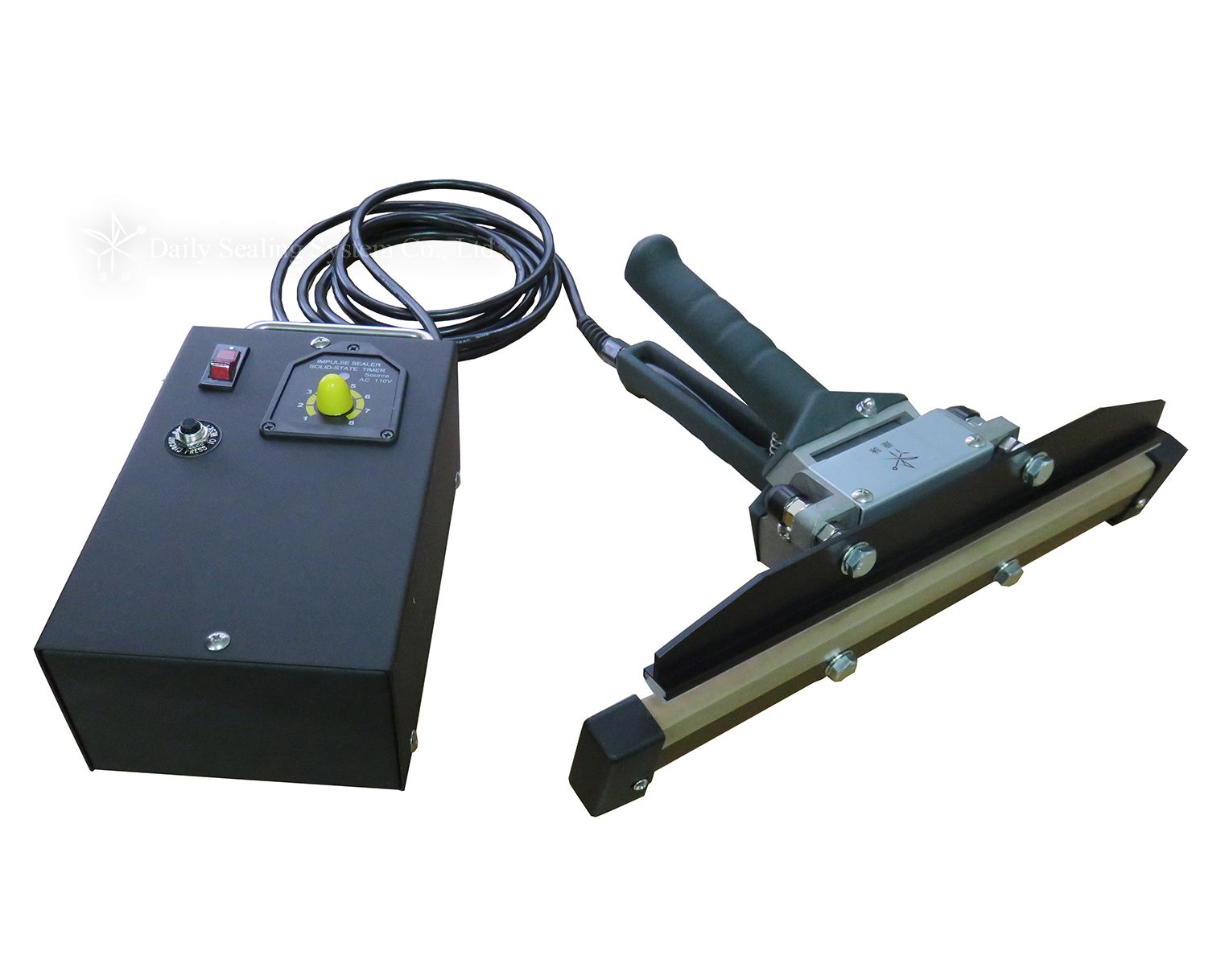
Portable impulse heat sealer
Detail:
. Made in Taiwan.
. Easy to operate: portable operation, strong mobility, convenient to seal large package.
. Time control: as per package material and thickness to adjust the heating time.
. Available for large and heavy package.
. Suitable for PP, PE, PVC, NY etc. material bags.
Machine weight:
.Main unit:3.67 kgs
.Hand piece:1.83 kgs
Machine size :
.Main unit: 245x130x100mm
.Hand piece:363x330x115mm
.Length of connector:3M
| Model No. | D-305H |
|---|---|
| Type | Impulse Heat |
| Voltage/Ampere | 110V / 8.1A , 220V / 4.0A |
| Power | 900 W |
| Max.sealing | 300*5mm |
| Machine weight | Hand piece 1.83 kgs+Main unit 3.67kgs |
| Machine size | Hand piece 363x330x115mm/Main unit 245x130x100mm |
| Warranty | 1-year Guarantee |
| Origin | Taiwan |
